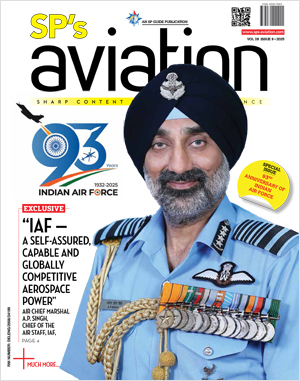INDIAN ARMED FORCES CHIEFS ON OUR RELENTLESS AND FOCUSED PUBLISHING EFFORTS
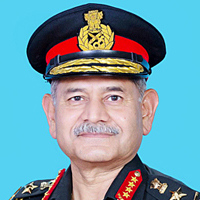
The insightful articles, inspiring narrations and analytical perspectives presented by the Editorial Team, establish an alluring connect with the reader. My compliments and best wishes to SP Guide Publications.
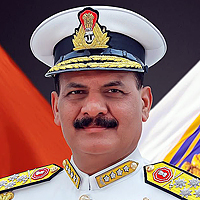
"Over the past 60 years, the growth of SP Guide Publications has mirrored the rising stature of Indian Navy. Its well-researched and informative magazines on Defence and Aerospace sector have served to shape an educated opinion of our military personnel, policy makers and the public alike. I wish SP's Publication team continued success, fair winds and following seas in all future endeavour!"

Since, its inception in 1964, SP Guide Publications has consistently demonstrated commitment to high-quality journalism in the aerospace and defence sectors, earning a well-deserved reputation as Asia's largest media house in this domain. I wish SP Guide Publications continued success in its pursuit of excellence.
- A leap in Indian aviation: Prime Minister Modi inaugurates Safran's Global MRO Hub in Hyderabad, Calls It a Milestone
- All about HAMMER Smart Precision Guided Weapon in India — “BEL-Safran Collaboration”
- India, Germany deepen defence ties as High Defence Committee charts ambitious plan
- True strategic autonomy will come only when our code is as indigenous as our hardware: Rajnath Singh
- EXCLUSIVE: Manish Kumar Jha speaks with Air Marshal Ashutosh Dixit, Chief of Integrated Defence Staff (CISC) at Headquarters, Integrated Defence Staff (IDS)
- Experts Speak: G20 Summit: A Sign of Global Fracture
Trump's Offer of F-35 Fighter Jets to India: A Strategic Military Move & Cooperation in Indo-Pacific
In a significant development in US-India defence relations, President Donald Trump proposed the sale of advanced stealth 5-gen F-35 fighter jets to India. While it requires a lot of deliberation and cost analysis, there is no doubt about the efficacy of the F-35 as the most advanced stealth jet operational in the world today which could radically shift and propel Indian air combat capabilities to jumpstart 5/ 6-gen fighter jet programme, besides the grand geopolitical security reorientation
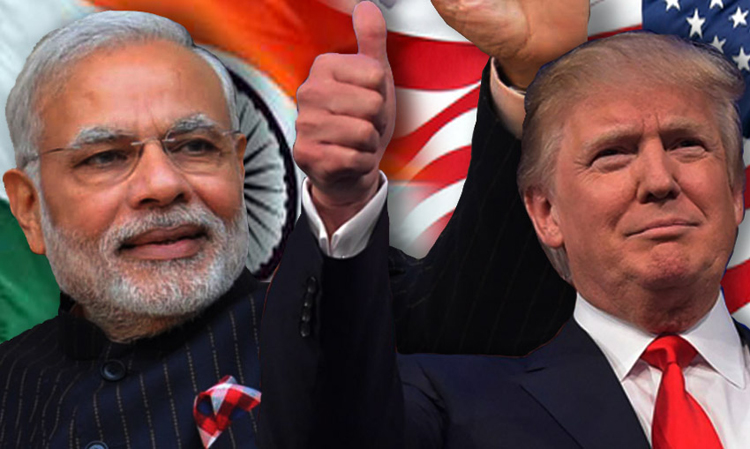
In a significant development in US-India defence relations, President Donald Trump proposed the sale of advanced F-35 fighter jets to India, opening a new chapter in military cooperation between the two nations. The offer, which includes the cutting-edge capabilities of the F-35 Lightning II, marks a bold shift in the geopolitical landscape and could elevate India's air power while strengthening strategic ties with the United States.
"Starting this year, we'll be increasing military sales to India by many billions of dollars," Trump told a joint news conference with Prime Minister Modi.
"We're also paving the way to ultimately provide India with the F-35 stealth fighters," Trump said.
The offer of the F-35, marks a bold shift in the geopolitical landscape and could elevate India's air power while strengthening strategic ties with the United States
The F-35 Joint Strike Fighter programme represents a leap forward in modern military aviation, showcasing advanced features and capabilities that redefine air combat dynamics. Additionally, the F-35 programme offers long-term implications for international defence cooperation as the partner nations can effectively address common security challenges, operational compatibility, and strike capabilities.
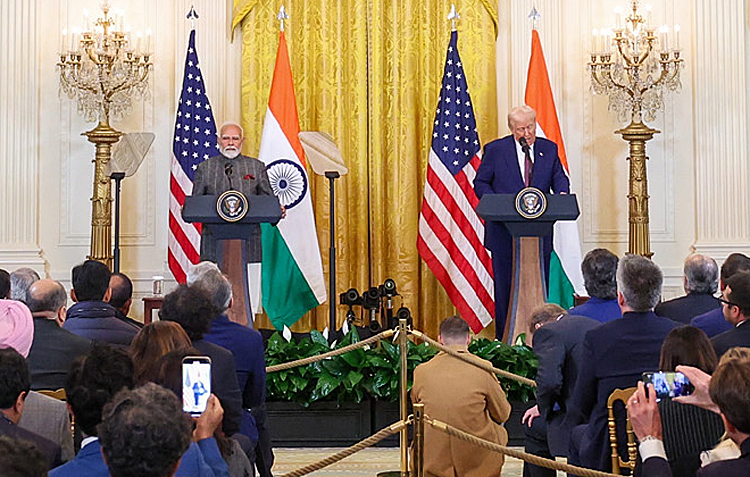
Most importantly, the F-35 is powered by US engine maker, Pratt & Whitney F135-PW-100 turbofan engine which is regarded as the most powerful and complex jet engine of our time. Thus, it further opens the door for such advancement for India which is already in search of an advanced jet engine for its jet programme – Advanced Medium combat aircraft (AMCA) and Tejas Mk2. Beyond, the possible collaboration also hints at leveraging and learning high-technological breakthroughs from the US Air Force's Next Generation Air Dominance (NGAD) aircraft and its advancing propulsion technology through its Next Generation Adaptive Propulsion (NGAP) programme.
The F-35 Fighter Jet: An advanced stealth jet for the Indian Air Force
The F-35, manufactured by Lockheed Martin, is one of the most advanced multi-role stealth fighter jets in the world. With a blend of cutting-edge technology, versatility, and operational effectiveness, the F-35 has redefined modern warfare capabilities. The F-35 Joint Strike Fighter (JSF) programme represents one of modern military aviation's most ambitious defence initiatives.
The F-35 programme offers long-term implications for international defence cooperation as the partner nations can effectively address common security challenges, operational compatibility, and strike capabilities
Led by the United States, this advanced multirole stealth fighter jet is a product of American ingenuity and a testament to extensive international collaboration. The programme includes significant participation from multiple allied nations -- nine countries, each contributing to various aspects of its development, production, and deployment. The JSF programme includes partners like the UK, Italy, Netherlands, Canada, Australia, Denmark, and Norway, the programme's international scope not only enhances the technological capabilities of participating nations but also promotes interoperability reaching a new level of coalition interoperability among allied forces.
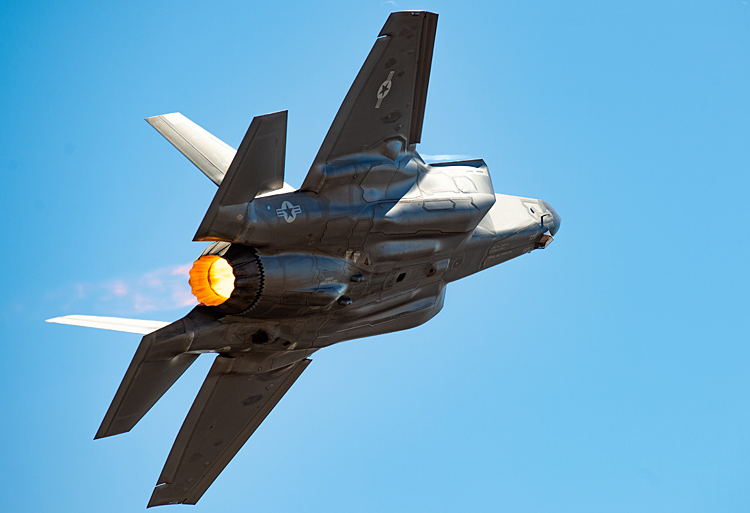
The F-35 is available in three variants, the F-35A (conventional take-off and landing), F-35B (short take-off and vertical landing), and F-35C (carrier-based), all of which boast impressive features tailored for various operational requirements.
In terms of definition, the F-35 is regarded as the only 5-generation stealth combat. The F-35's design is revolutionary, minimising radar cross-section, making it harder for enemies to detect. However, the most potent component is the integrated sensors for real-time data fusion with precision-guided bombs and air-to-air missiles and unprecedented network-centric architecture.
The aircraft's stealth capabilities, advanced sensors, superior radar evasion, and networked combat systems would complement India's ambitions to enhance its defence and maintain a strategic edge over regional adversaries, including China and Pakistan
India, with its growing military needs and a desire to modernise its Air Force (IAF), stands to benefit greatly from acquiring the F-35. The aircraft's stealth capabilities, advanced sensors, superior radar evasion, and networked combat systems would complement India's ambitions to enhance its defence and maintain a strategic edge over regional adversaries, including China and Pakistan.
India's MRFA Programme for Advanced Fighter Jets
India's requirement for next-generation fighter jets has been underscored through its Multi-Role Fighter Aircraft (MRFA) programme, which aims to procure 114 fighter jets to augment its fleet and modernise its aerial capabilities. The MRFA programme has already seen international contenders, such as the French Dassault Rafale, Swedish Saab Gripen, and Russian MiG-35. The inclusion of the F-35 in this competition adds another layer of complexity to India's decision-making process, as the F-35 offers unmatched capabilities in stealth and combat operations.
The F-35 could play a crucial role in the modernisation strategy of the IAF, providing a state-of-the-art platform for a variety of missions, from air superiority and precision strikes to intelligence gathering and surveillance and possibly, adding some level of tech fusion to AMCA and Tejas Mk2
The IAF, which has long faced challenges regarding the age and capabilities of its existing fleet, needs to modernise rapidly to stay competitive in a volatile region. The F-35 could play a crucial role in this modernisation strategy, providing a state-of-the-art platform for a variety of missions, from air superiority and precision strikes to intelligence gathering and surveillance and possibly, adding some level of tech fusion to AMCA and Tejas Mk2.
US Congressional Approval for F-35 Sale to India
One of the critical steps in making this deal a reality is obtaining approval from the US Congress. Under the Arms Export Control Act, any foreign sale of advanced US military equipment, especially something as sophisticated as the F-35, requires a review and approval process by Congress. This is not just a matter of diplomatic negotiations, it involves ensuring that the sale aligns with US foreign policy objectives and national security interests.
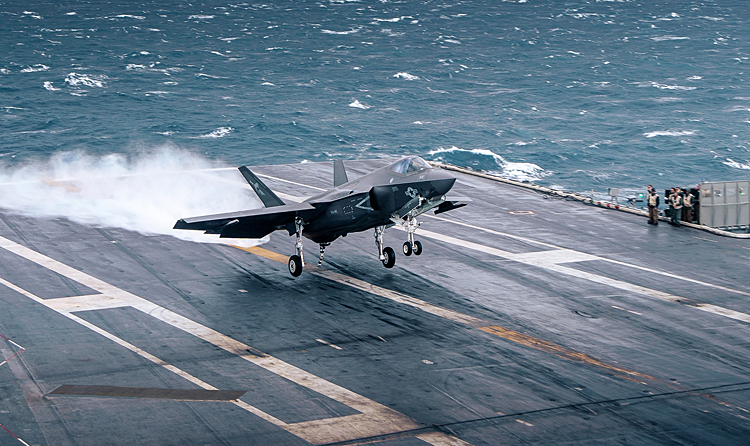
While the F-35 has been sold to several NATO allies and strategic partners, including Israel, Japan, and South Korea, the idea of offering it to India presents a unique challenge.
The cost implication of the F-35 Sale
While the offer of the F-35 to India is more than just a military transaction—it is a strategic move which signals its commitment to India's security and regional stability. For India, acquiring the F-35 would demonstrate a shift towards enhancing defence interoperability with the US, especially given the increasing frequency of joint military exercises and defence collaboration. The F-35's integration into India's air force would also send a strong message about India's growing role as a key player in regional and global defence frameworks.
Currently, unit costs for the F-35 range from about $80 million to $100 million per copy, depending on the variant, including extension of the service life of the aircraft from up to 2088
However, the cost of the F-35 is another consideration. In an early contract, the US Department of Defense and Lockheed Martin had agreed to an $11.5 billion contract for the production and delivery of 141 F-35 aircraft and the F-35A unit price including aircraft, engine, and fee, remains $89.2 million. Interestingly, the cost is being reduced gradually and as per the record, currently, unit costs for the Lockheed Martin F-35 range from about $80 million to $100 million per copy, depending on the variant. The latest cost optimisation also supports the extension of the service life of the aircraft from up to 2088.
The US could offer financial incentives or favourable financing terms, but it would require significant investment from India to integrate the jet into its air force.
The advanced capabilities of the F-35 align with India's aspirations to modernise its military and safeguard its sovereignty in an increasingly contested region. However, securing Congressional approval and navigating India's complex defence relationships will be key to determining whether this offer becomes a reality.
Manish Kumar Jha is a Consulting & Contributing Editor for SP's Aviation, SP's Land Forces and SP's Naval Forces and a security expert. He writes on national security, military technology, strategic affairs & policies.





